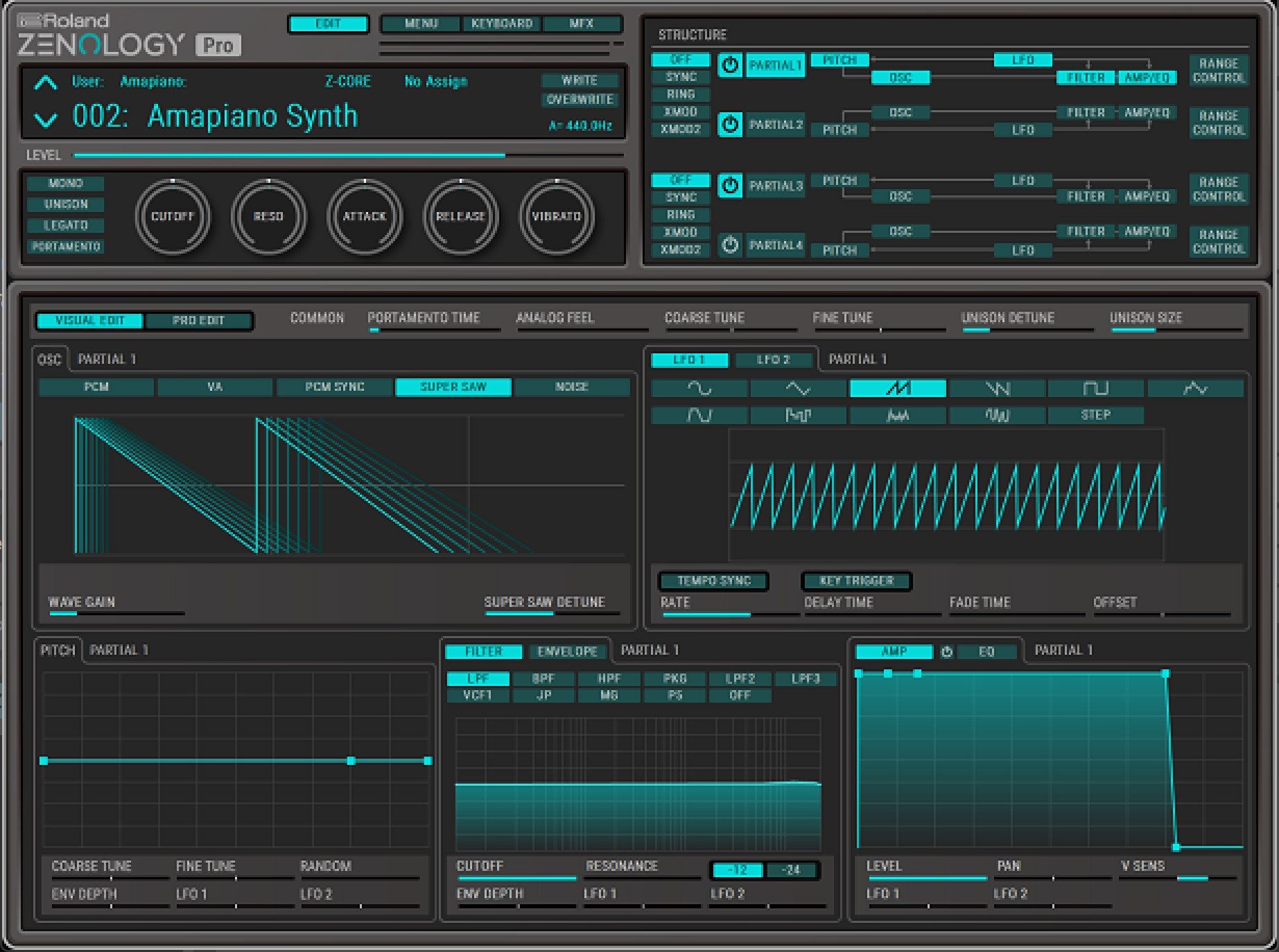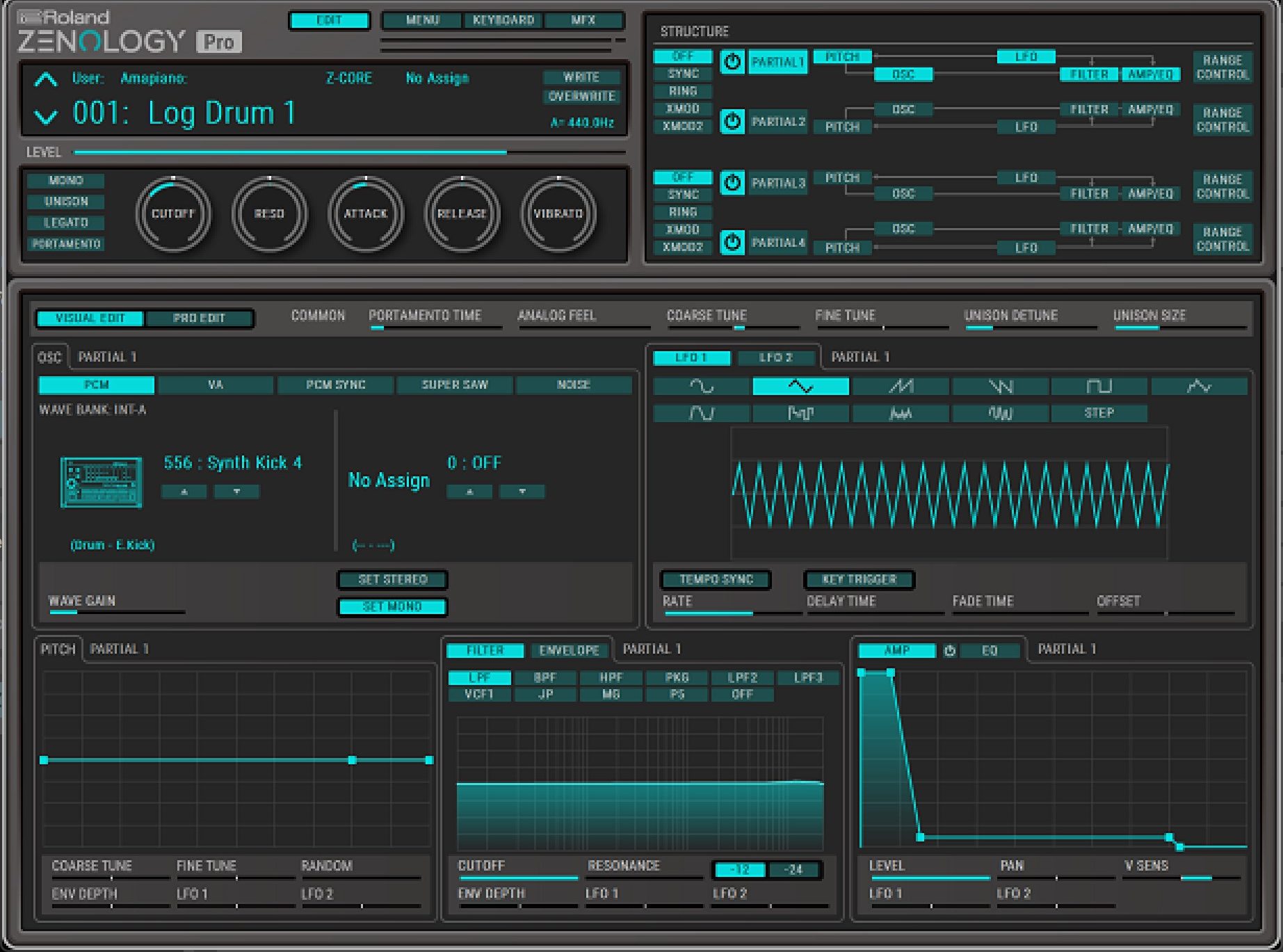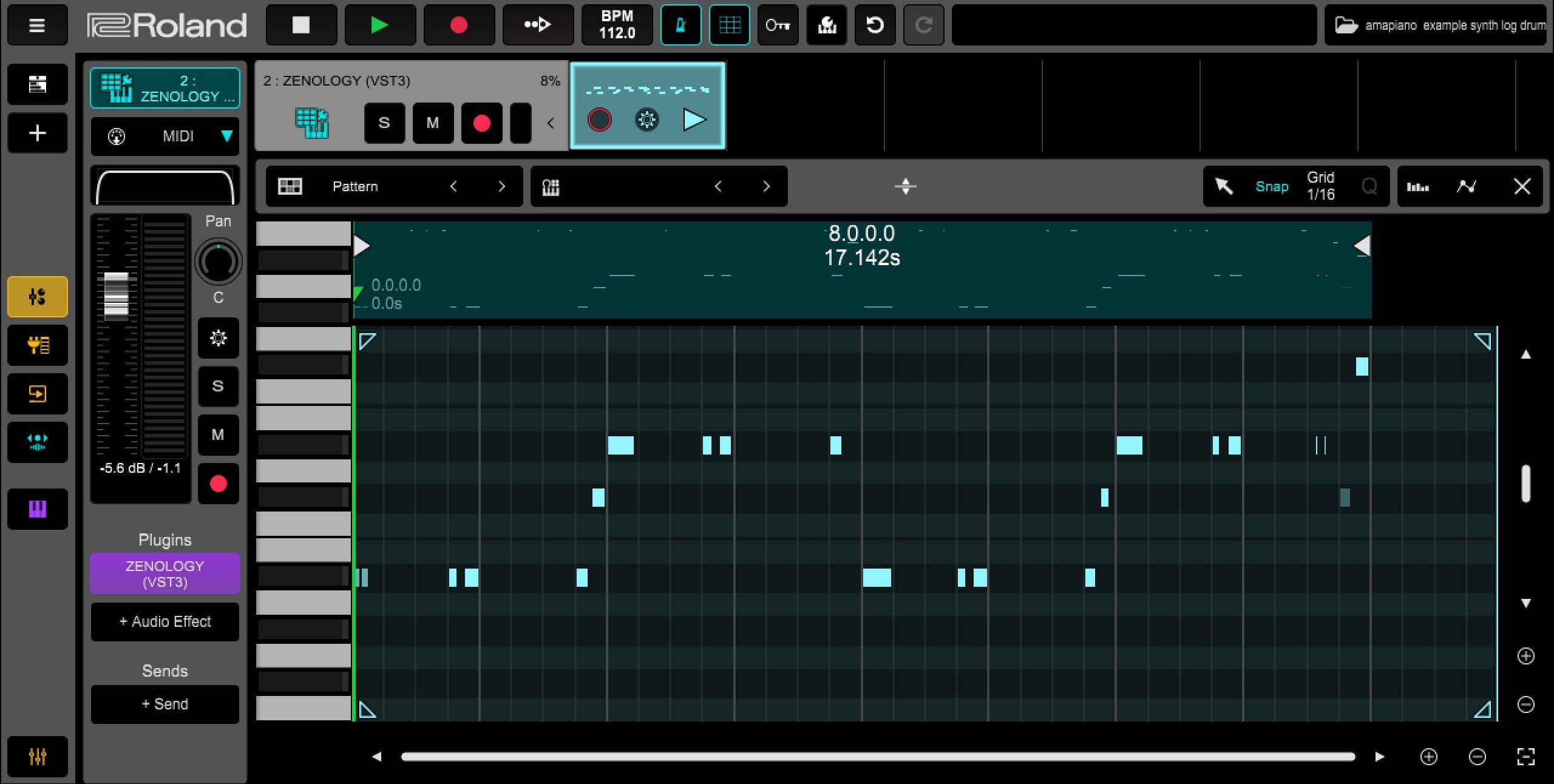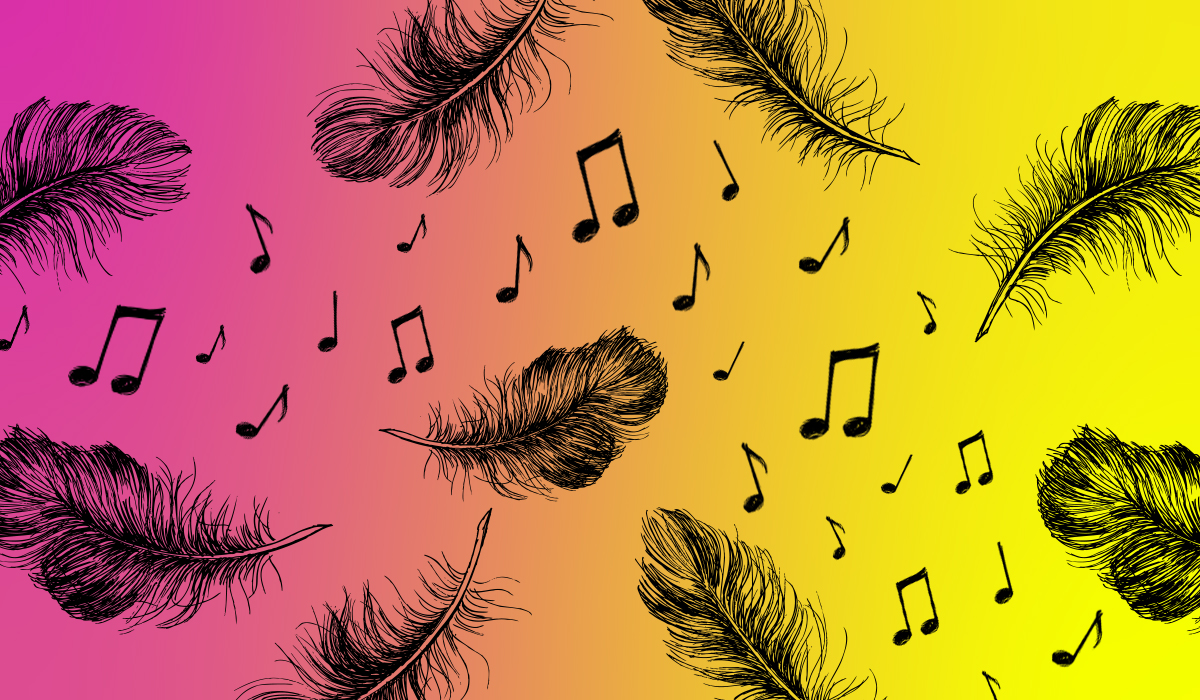Welcome to Production Hacks, a series to inspire producers to break free from old habits and embrace inspiration. Electronic music production is a vast world full of grooves, gadgets, and gear. Still, whether a beginning or an advanced producer, it’s easy to get stuck in familiar patterns. With so many tools at our disposal, sometimes the act of making music can become overwhelming. One of the goals of Production Hacks is to offer tips and tricks. In addition, the series will help you shift your process, expand your toolkit, and streamline your workflow. The result? Become the producer you’ve always wanted to be.
What is Amapiano?
Amapiano music is synonymous with the modern-day South African dance and electronic music scenes. These infectious afrobeat grooves have their roots in the Soweto township of Johannesburg, South Africa, also home to the genre’s predecessor: Kwaito music.
An eclectic mix of deep house, jazz, afrobeat, hip hop, and soul music, Amapiano is firmly rooted in sounds of the past. At the same time, it steadily pushes toward the future. Over the last three years, the genre has migrated from bedroom studios to clubs around South Africa and now the world. Beyond a mere mixture of genres, Amapiano is a feeling. The sound represents the Soweto township’s heart and soul and extends South African music’s legacy into the modern era.

Viral dance challenges have turned burgeoning Amapiano artists into stars overnight. As the genre continues to grow, more and more international artists are beginning to take notice and join the wave. Let’s look at some of the defining traits of Amapiano production and explore how to create Amapiano tracks with Zenbeats and Roland Cloud.
"Beyond a mere mixture of genres, Amapiano is a feeling. The sound represents the Soweto township's heart and soul."
The Drums
To begin our exploration into Amapiano music, we must start with the foundation. As with most genres, one of the main defining features of Amapiano is the drums. The tempos, drum sounds, and patterns that make Amapiano music are vital to understanding how to program and create this style of music.
Stylistically, Amapiano is an evolution of the South African house music of the 1990s, “Kwaito.” Kwaito rhythmically combines house music with other African musical elements. These include the South African jazz style Marabi, another style born in townships. Kwaito drums typically feature a four-on-the-floor kick pattern with rhythmic accents from percussion instruments or samples. Much like Kwaito music, Amapiano tracks tend to stay on the slower end of the house music spectrum with tempos ranging between 108-115 BPM.

Creating the Groove
Start by programming the drums with a four-on-the-floor pattern. First, set the tempo to 112 BPM, select a drum kit on the ZR1 Drum Sequencer, and program a four-bar pattern. Then, choose Conga Kit 2 from the Latin Percussion kit and add a kick drum from the Roland Classic Drums kit. Start this pattern with constant sixteenth notes on the shaker and an open hi-hat on the offbeats (third square in each quarter note column).
Next, add the congas to create a typical clave pattern found in many Amapiano tracks (2, “a” of 2, and “of” 3, 4). The last thing to add is the 909 kick on every quarter note. This pattern is similar to Kwaito. You can find variations throughout Amapiano music, cementing its connection to its predecessor.
An excellent example of this groove is the song “Sponono” by Kabza De Small.
Here’s another example of an Amapiano drum pattern with a different rhythmic clave. In this example, the kick drum plays a more syncopated rhythm. Once you have your basic groove, you can experiment with adding other percussion samples on top and drum fills.
The Piano
One of the distinctive qualities of Amapiano music is its sonic mixture of jazz, house, and soul influences. This is most notable in the production’s usage of piano and keyboards. Amapiano means “The Piano” in Zulu. Artists such as Kaba De Smallz have helped bring the piano to the forefront of the genre. They’ve done this by creating tracks with jazz and soul-influenced harmony and using sounds such as Rhodes, vibes, and other electric piano tones.
Here’s an example of an Amapiano song with jazzy harmony.
Jazz Harmony
Using one of our drum loops, here’s an example of a chord progression that uses 7th chords (1-3-5-7) and chords with upper extensions (9, 11, 13). You can find these in jazz and soul music. To create the chord progression, use a loop from the Lofi Chilled Keys sample pack available on Zenbeats (Lofi Chilled Keys 18). The progression is C minor 9, F dominant 7, Bb major 9, G minor 7, and G dominant 7 b9.
This progression is common in jazz music, and musicians know it as a 2-5-1 progression. In this example, C minor is the chord that corresponds with the second degree of the Bb major scale and F dominant corresponds with the fifth degree. It’s also a standard turnaround (chords that lead back to the beginning of the song form) to go to the sixth degree. In this case, the progression moves from G minor, then use a secondary dominant (G Dominant 7 b9) to lead back to the two chord, C minor.
"One of the distinctive qualities of Amapiano music is its sonic mixture of jazz, house, and soul influences."
These types of turnarounds frequently appear in jazz. In this context, they can provide enough harmonic information to create an interesting four-bar loop. Knowing the harmony of loops and samples is important when adding bass lines and additional melodies. You can recreate the harmony on a separate instrument to take the same loop and change the sound.
Synth-heavy House Vibes
Amapiano also incorporates lots of synths and dance music elements. Here’s an example of a progression using a synth pad created in ZENOLOGY. The harmony is simply so there can be more room for the other expressive textures in the song. By using an Eb minor and Ab minor triad, you can alternate between two different chords while maintaining common tones (Bb, Eb, Gb, Ab). This allows the track to feel like there’s harmonic motion while also creating a trance-like effect. By utilizing common tones, we create a simple synth melody that complements the drums and enhances the hypnotic effect of the synth pad.

Here’s an example of an Amapiano song based around a more trance/rave-style synth pad.
Log Drum
The log drum may be the quintessential defining element of Amapiano music. While based on a real instrument, in Amapiano, the log drum is a hybrid tone somewhere between a kick drum, 808, synth bass, and actual log drum percussion. The log drum creates the bass lines and momentum for the songs. While there can be other bass lines, the log drum is essentially the 808 of Amapiano. You can use it as a rhythmic and harmonic accent to the drum pattern.
To get this sound, use ZENOLOGY to create your patch. To do this, load a basic kick sound using the PCM menu on the first partial (Synth Kick 4). Then add a sine wave on the second partial and a marimba PCM sample blended with a synth bass on the third partial. The fourth partial has a PCM sample of a Kalimba with some pitch modulation. Then slightly adjust the cutoff for the entire instrument. After creating this sound, pull up a Log Drum instrument in Sound Canvas VA. By layering these sounds, you can produce a log drum that sounds digital yet has some characteristics of the original instrument.

Bass Lines
Now that we have our log drum instrument, let’s create a rhythmic bass line to complement our drum part. The log drum bass line functions as a more intense kick and a bass line. In this example, program the log drum as a punchy accent to the current drum part. Beyond following the harmony of the track, it’s essential to use syncopated rhythms to provide motion and intensity to the track.

Now let’s see how this log drum bass line interacts with an additional synth bass line. For this to work, keep the synth bass line rhythmically and melodically simple so that the log drum can still stand out. For the synth bass line, use the EU Bass patch on the SH-101. Notice how simple this bass line is in comparison to the log drum bass one. For the two to work together, the synth bass needs to be simple and add texture and presence more than rhythmic intensity.

Whistle and Bird Sounds
One of the most distinctive elements in Amapiano is the use of whistles and bird sounds. These sounds help to grab the listener’s attention. DJs will sometimes even incorporate a live whistle into their sets. For the final component of our Amapiano tracks, let’s add bird sounds using the Sound Canvas VA instrument, which has many foley samples. These can create unique textures. Try using the Bird 2 patch and play a rhythmic part that complements the drum patterns with some syncopated offbeats.

Here’s an example of our full loop with all the various elements combined.
DOWNLOAD
Production Hacks: Creating Amapiano Tracks Sessions and Presets
Download the Zenbeats sessions and instruments for ZENOLOGY and ZC1 based on the exercises in this article to inspire your production process.







